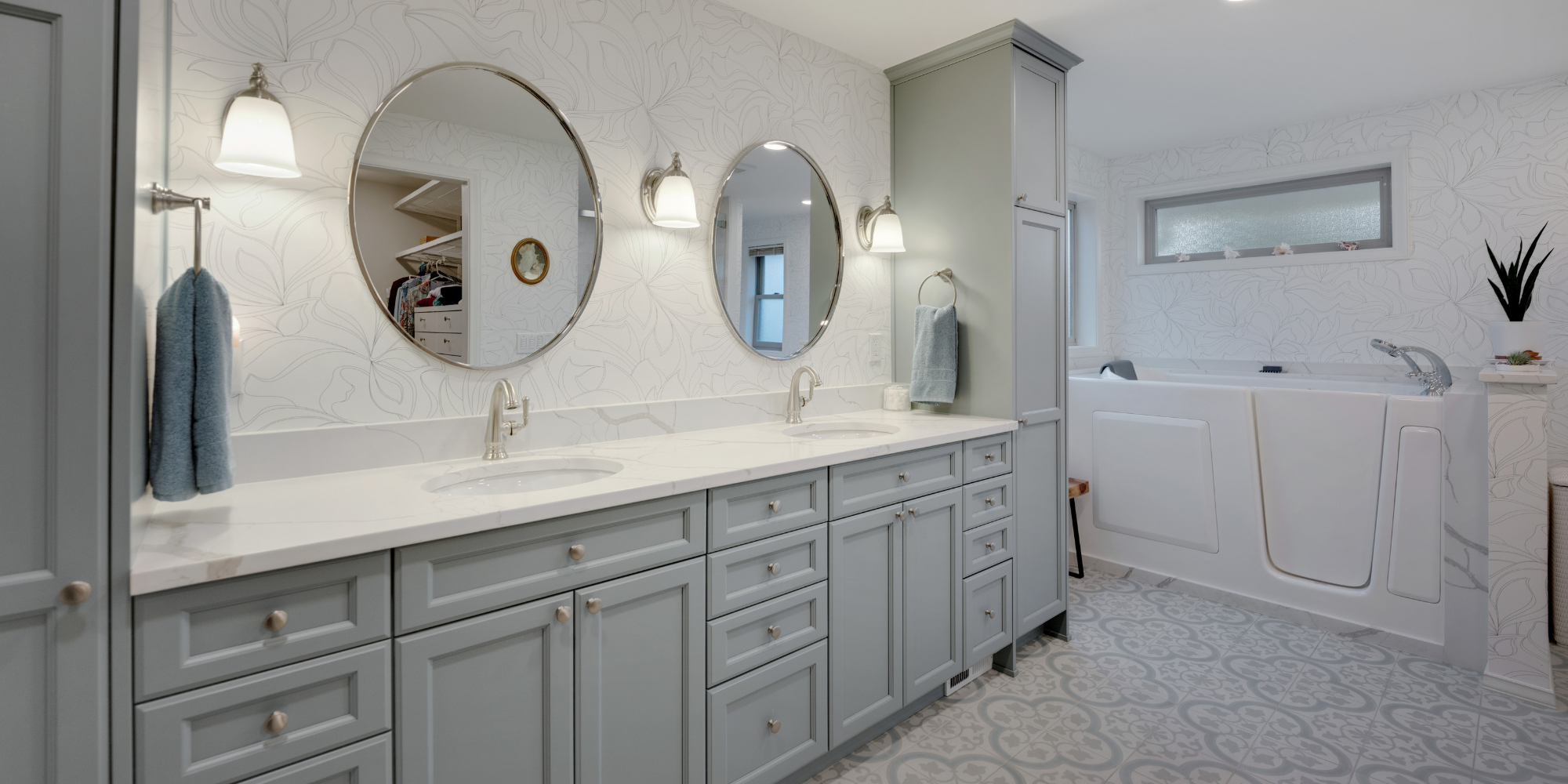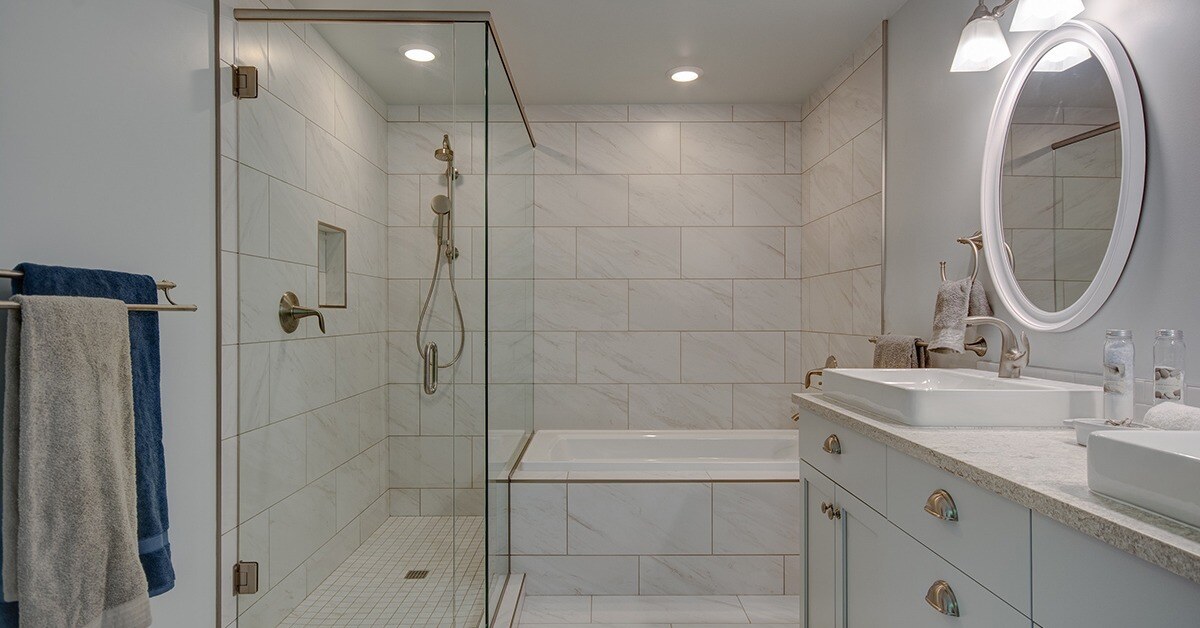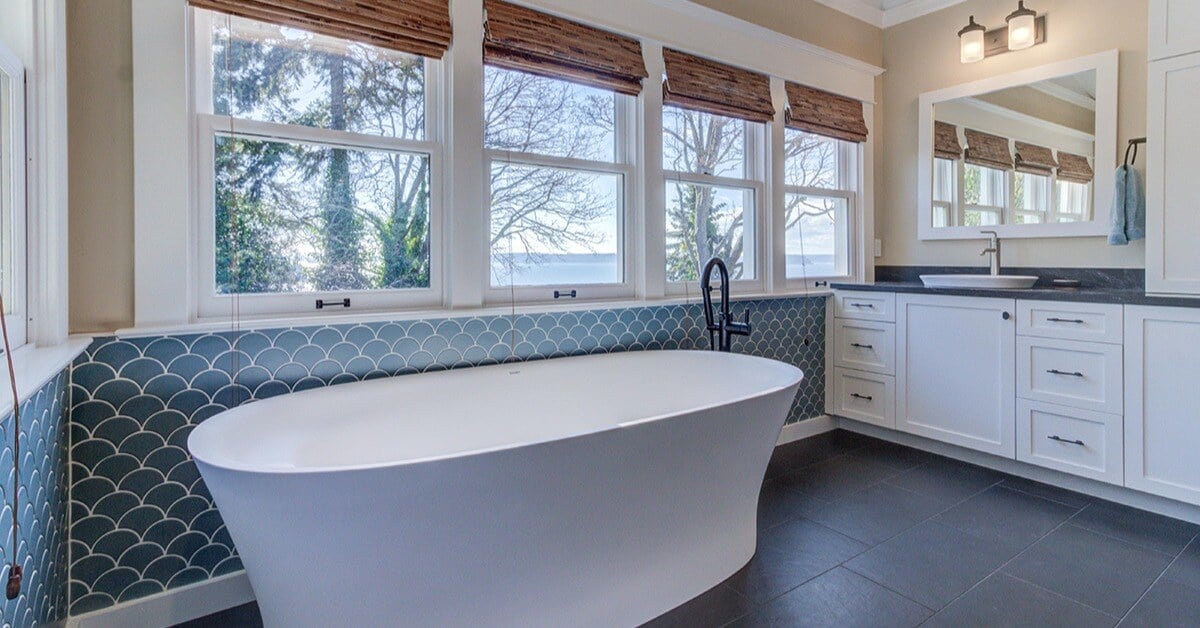Bathrooms are the most water-utilizing spaces in homes, making them particularly susceptible to plumbing issues like leaks, clogged drains, pipe bursts, and flooding. Unfortunately, much of the plumbing infrastructure remains hidden behind walls and floors, making it easy to overlook potential warning signs—out of sight, out of mind.
You need to know what to look for and how to keep your plumbing system in top shape with regular maintenance. This article will explore critical indicators of bathroom plumbing problems that homeowners should pay attention to.
Understanding Your Home's Plumbing
The age of your home plays a significant role in the type of plumbing system it may have. Homes built between the 1940s and 50s commonly feature galvanized water and drain lines, while those from the 1950s to the 80s may have copper water lines. Making fixture changes on galvanized plumbing is challenging because these old systems are susceptible to blockages and crumbling.
Copper plumbing systems became popular due to their lifespan and ease of installing new fixtures. Hard PVC pipes became increasingly popular for drains and water lines in the early 1980s due to their affordability compared to copper.
Understanding the materials used in your home's plumbing can help anticipate potential issues, such as corrosion and low water pressure. If not correctly installed and maintained, all plumbing materials are at risk for plumbing problems resulting in clogs, leaky pipes, or poor water flow. When in doubt, have a professional plumber come in and do the job right.
4 Signs You May Have a Plumbing Issue
1. Slow-Running Drains
A slow drain can seem insignificant, but it's important to identify the cause before taking action. Here's a breakdown of what slow drains in different areas might mean:
- Bathroom Sink: A slow-draining sink often means a clog in the trap located under the sink. You can usually clean this yourself.
- Shower Drain: If your shower water pools before slowly draining, it could be a simple clog you can clean. However, it's also a potential sign of a more serious issue with the pipes.
- Toilet: A constantly clogged toilet likely points to a problem beyond the bowl. This could be faulty pipes or, in some cases, tree root intrusion in the sewer line.
While it may be tempting to fix a slow drain yourself, using chemical drain cleaners or drain snakes can worsen things, especially for older pipes. These methods can cause further damage and lead to more expensive repairs down the line.
It's always best to call a trusted design-build contractor or a professional plumber to diagnose the problem accurately and fix it efficiently without causing further damage.
2. Changes in Water Pressure
Rapid fluctuations in water pressure could indicate issues with aerators or, more severely, a burst pipe. Gradual pressure reduction may point to sediment or mineral deposit buildup, corroded galvanized lines, or other structural issues. If you are experiencing a fast pressure change throughout the home, you must call a professional as soon as possible because it's likely a larger issue.
3. Dripping Faucets
That one leaky faucet that won't stop dripping may be a bigger problem than it seems. Not only are you likely wasting gallons of water over time, resulting in a high water bill, but it can also become a serious health hazard. In more severe cases, that little drip can cause major structural problems. The same can be said for a long-running toilet.
4. Visible Leaks
Water accumulation under sinks or seepage around toilets should not be ignored, as they often indicate leaking pipes or faulty fixtures.
Look for puddles under the bathroom sink, signs of seepage around the toilet bowl, and wet spots on the ceiling in the room below the bathroom. If you see any of these warning signs of water damage, it's best to call for professional plumbing services ASAP.
Options for Bathroom Fixture Upgrades
When considering fixture changes or upgrades, homeowners have a plethora of options to enhance functionality and efficiency:
- Dual flush toilets: Installing a dual flush toilet can reduce water consumption and lower utility bills.
- Limited-flow faucets: Low-flow showerheads can significantly reduce water usage, saving you money without sacrificing performance.
- Anti-scald devices: These devices prevent unexpected temperature changes and ensure a safe and comfortable shower.
- Cast iron bathtub: Cast iron tubs are more durable and increase heat retention, allowing you to enjoy a long-lasting warm bath.
Vigilance Pays Off: Ensure the Longevity of Your Bathroom Plumbing
When confronting bathroom plumbing issues, it's crucial to prioritize safety and efficiency. DIY attempts at plumbing repairs can often exacerbate the situation and lead to costly damage. Instead, homeowners should promptly seek professional assistance to diagnose and address plumbing issues effectively.
By staying vigilant and addressing warning signs promptly, homeowners can ensure the longevity and functionality of their bathroom plumbing systems. Remember, it's always better to be safe than sorry when it comes to plumbing.
If you want to learn more about the process of making bathroom updates or upgrades, download our eBook, "The Complete Guide to Creating a Dream Bathroom: From Outdated to Oasis."



















